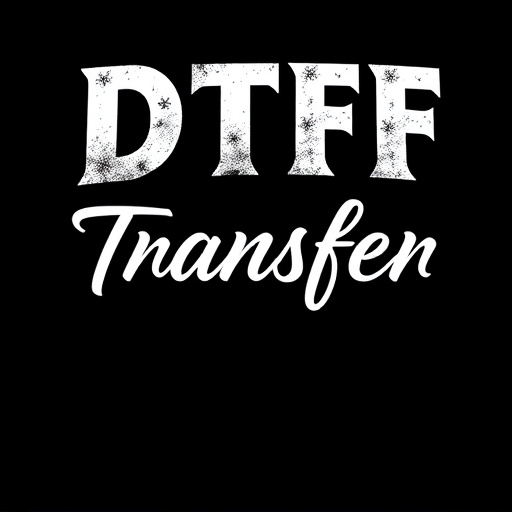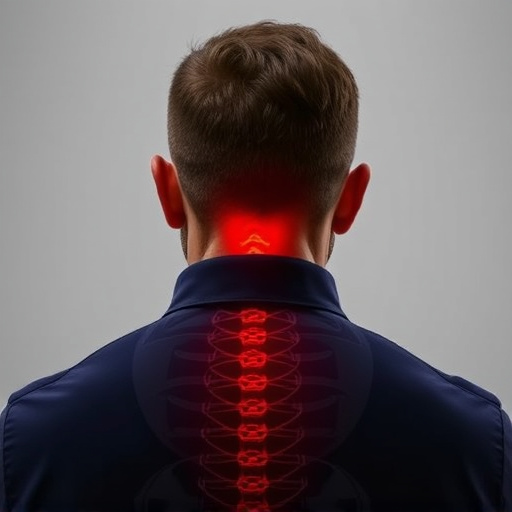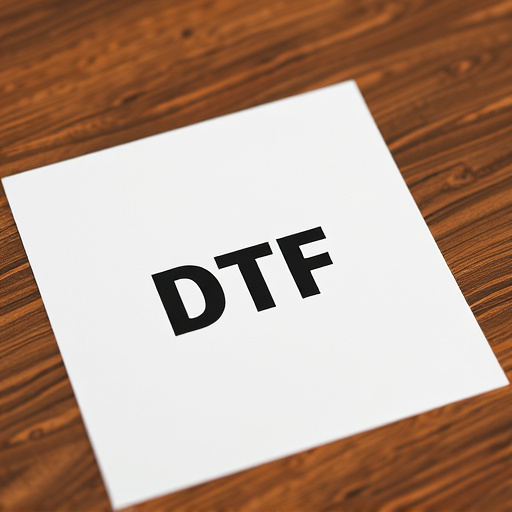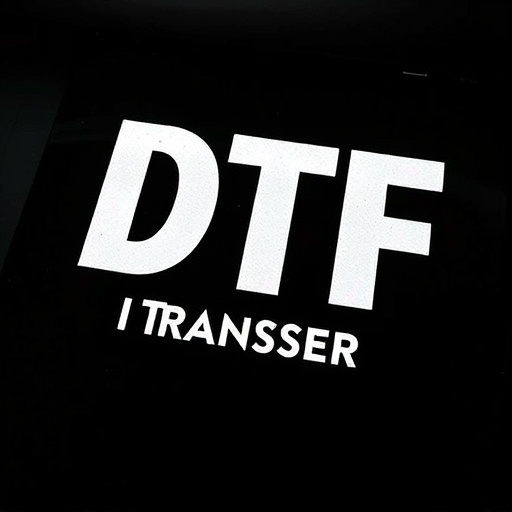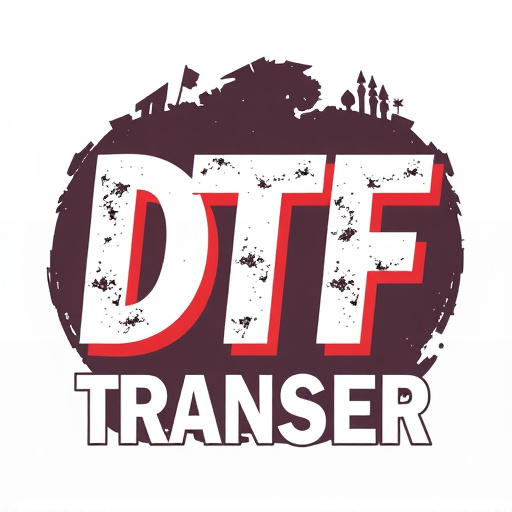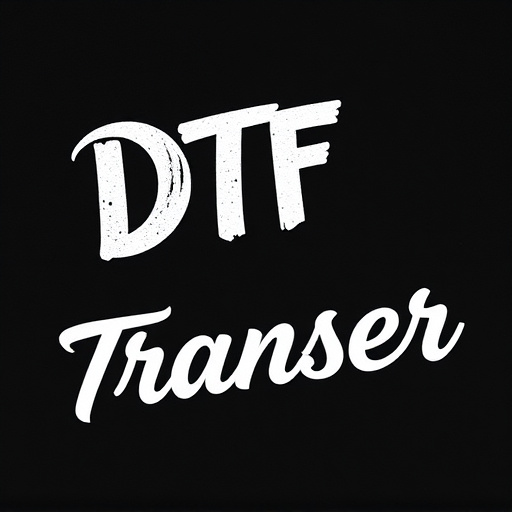Direct-to-Fabric (DTF) transfer and printing revolutionizes custom clothing production with its advanced, efficient method. By skipping traditional techniques like screen printing or embroidery, DTF offers faster turnaround times and high-quality results on various fabrics using heat-activated adhesives. The pre-production phase involves design creation and set-up, while the process guides designs from digital to fabric, including layer separation, piezoelectric printhead application, and post-processing. Quality control ensures defect-free prints suitable for apparel or signage. Turnaround times are influenced by design complexity and order volume, requiring buffers for timely fulfillment. Best practices like pre-treating fabrics, strategic file formatting, and minimizing color passes optimize DTF processes for enhanced efficiency and print quality, making it a cost-effective game-changer in the fashion industry.
“Uncovering the secrets behind efficient DTF (Direct-to-Film) transfer and printing processes, this article breaks down the critical production period for completing transfer orders. From design to final quality control, we explore each phase meticulously.
Learn about the pre-production setup, the intricacies of DTF printing, and post-printing preparations that ensure top-tier results. Additionally, discover key factors influencing production turnaround time and best practices to optimize your DTF transfer process, ensuring faster, more effective DTF prints.”
- Understanding DTF Transfer and Printing Process
- Pre-Production Phase: Design and Set-up
- Production Time: Key Steps in DTF Printing
- Post-Printing Preparation and Quality Control
- Factors Affecting Production Turnaround Time
- Optimizing DTF Transfer: Best Practices for Efficiency
Understanding DTF Transfer and Printing Process

The Direct-to-Fabric (DTF) transfer and printing process is a cutting-edge technique revolutionizing the way custom clothing and textile designs are brought to life. This modern method eliminates the need for traditional screen printing or embroidery, offering a faster, more efficient solution. The DTF process involves applying a heat-activated adhesive onto the fabric, followed by the placement of a print design on top. This allows for intricate and vibrant DTG prints directly onto various fabrics, from t-shirts to hats and beyond.
By utilizing advanced printing technologies, DTF transfer enables the production of high-quality, custom garments at scale. The process starts with preparing the design digitally, ensuring it’s optimized for DTF printing. Then, a specialized machine precisely transfers the design onto the fabric using heat and pressure. This method ensures fast turnaround times, making it ideal for meeting the demands of today’s fast-paced fashion industry. Whether it’s a small batch or large production run, DTF transfer and printing streamline the order fulfillment process, offering businesses an efficient and cost-effective solution without compromising on design quality.
Pre-Production Phase: Design and Set-up

The pre-production phase for transfer orders is a critical step that involves meticulous design and set-up processes. It’s where the foundation is laid for the entire production run, ensuring the final products meet quality standards and customer expectations. In the context of DTF (Direct to Fabric) Transfer printing, this stage encompasses creating digital designs optimized for printing on various fabric types. Designers use specialized software to craft or edit graphics, incorporating essential elements like text, images, and logos while considering color schemes and resolution requirements specific to DTF Printing.
This preparatory phase also includes setting up the production environment, assembling equipment, and ensuring all necessary materials are in place. It involves configuring printing machines, preparing fabric stocks, and organizing work stations to streamline the subsequent production stages. A well-executed pre-production design and set-up significantly reduce errors, improve efficiency during mass production, and ultimately deliver high-quality DTF Prints.
Production Time: Key Steps in DTF Printing
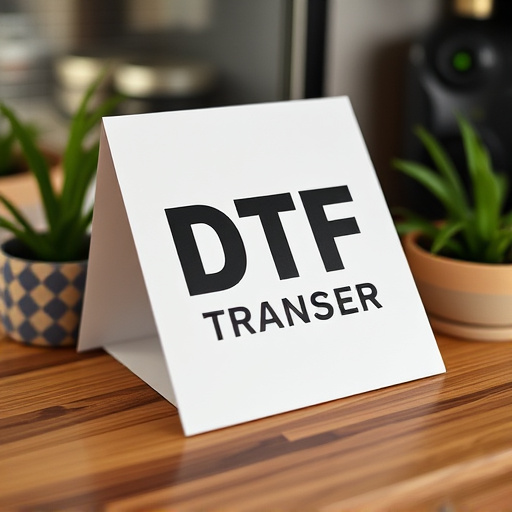
The production time for DTF (Direct to Fabric) transfer printing involves several meticulous key steps that ensure high-quality prints on a variety of fabrics. The process begins with design preparation, where digital designs are optimized for print, ensuring optimal color and detail reproduction. This stage is crucial as it directly impacts the final product’s aesthetics. Once approved, the design is then separated into individual layers, allowing for precise control during printing.
The actual DTF printing process involves the application of a water-based ink onto the fabric using a piezoelectric printhead. This technology enables accurate and vibrant prints on various materials, including cotton, polyester, and blends. After printing, the ink is cured through heat treatment, ensuring it adheres permanently to the fabric. The final step includes post-processing, which may involve cutting, hemming, or additional finishing techniques to give the DTF prints a polished look ready for packaging and distribution.
Post-Printing Preparation and Quality Control
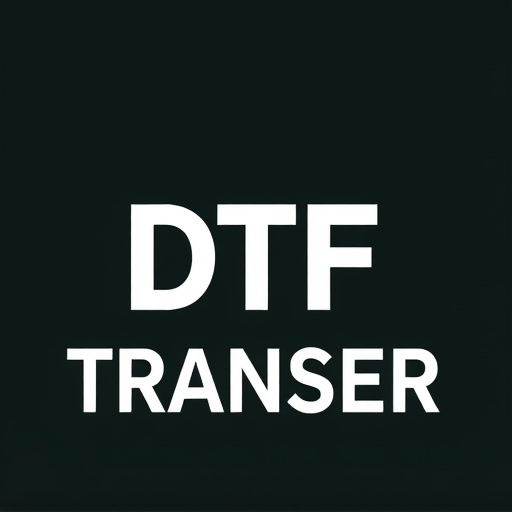
After the printing process is complete, the real work begins with post-printing preparation and quality control for DTF transfers. This crucial phase involves several steps to ensure that each DTF print meets the highest standards. First, the printed sheets need to cool down before handling to prevent any damage or smudging of the ink. Once cooled, skilled technicians carefully inspect each print for any defects, ensuring precise color accuracy and sharp detail reproduction. Any imperfections are identified and rectified immediately to maintain consistency in the final products.
Quality control is an iterative process that demands meticulous attention to detail. It includes checking for proper alignment, ensuring the transfer film adheres correctly to the substrate, and verifying that all design elements are accurately transferred. This rigorous procedure guarantees that customers receive top-quality DTF prints, free from errors or blemishes, making them suitable for a range of applications, from apparel to signage.
Factors Affecting Production Turnaround Time
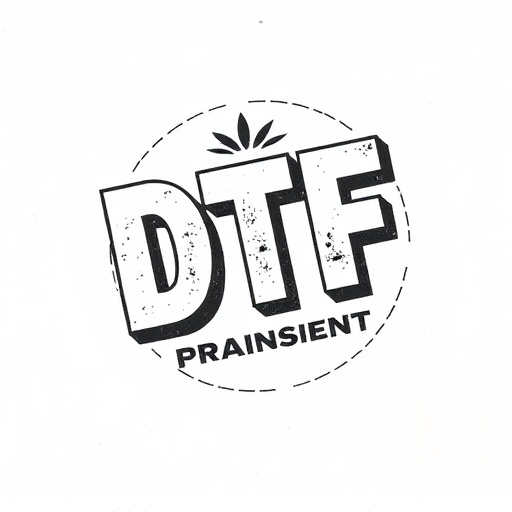
The production turnaround time for DTF (Direct to Fabric) transfer orders is influenced by several key factors. One major consideration is the complexity of the design. Intricate or detailed artwork with fine lines and small text will require more precise printing techniques and potentially longer processing times. The size of the order volume also plays a significant role; larger batches often involve additional steps for optimization, ensuring efficient use of resources, which can impact overall turnaround.
Moreover, DTF printing involves multiple stages, including design preparation, printing, curing, and cutting. Each stage has its own set of variables—from the type of fabric to the ink settings and environmental conditions. Unforeseen challenges during any of these processes can cause delays. Therefore, maintaining a buffer in the schedule is essential to accommodate potential issues, ensuring that even with slight setbacks, orders are fulfilled on time.
Optimizing DTF Transfer: Best Practices for Efficiency
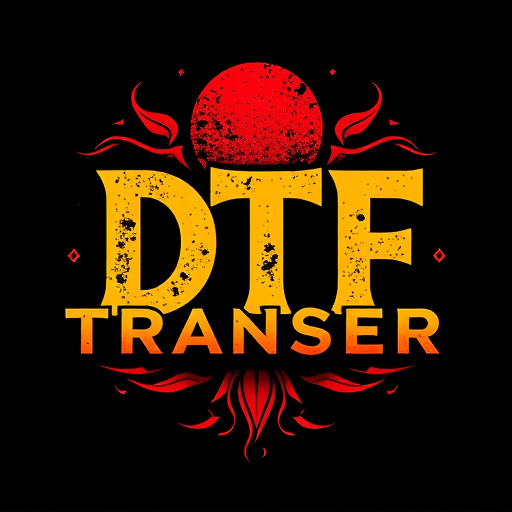
Optimizing Direct to Fabric (DTF) Transfer is an essential step in streamlining production for transfer order fulfillment. DTF Printing offers a fast and efficient method, but maximizing its potential through best practices can significantly reduce turnaround times. One key practice is pre-treating fabrics; preparing the material beforehand ensures better ink adhesion and prevents issues like bleeding or fading, thereby enhancing print quality and durability of DTF prints.
Additionally, designing for DTF involves strategic file formatting and settings. Using high-resolution graphics and ensuring proper color profiles guarantees crisp details in the final DTF transfer. Another best practice is to minimize the number of colors used; multiple passes with different inks can increase production time, so combining colors effectively reduces overall processing, making the process more efficient and cost-effective.



